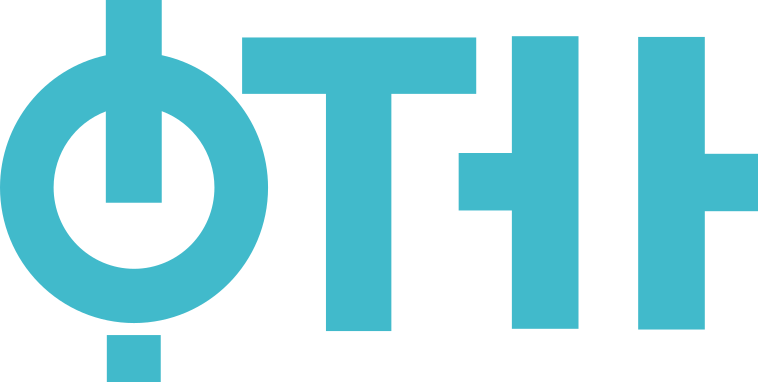Subject: Heat treatment (17.P105 )
Native organizations units: Department of Production Engineering
Study programmes of the course:
| Type of studies | Title |
|---|---|
| Undergraduate Academic Studies | Production Engineering (Year: 1, Semester: Winter) |
| Category | Scientific-professional |
| Scientific or art field | Livenje, termička obrada, inženjerstvo površina i nanotehnologije |
| ECTS | 6 |
The objective of the course is to introduce students to fundamentals of heat treatment, heat treatment processes and basic theory of heat transfer.
Upon successful completion of this course, students will be able to: 1. name, describe and compare heat treatment processes; 2. name and describe key parameters of specific heat treatment process; 3. analyze given part and in accordance with required mechanical properties, part geometry and quantity select adequate heat treatment processes and determine all necessary parameters for the selected processes; 4. select appropriate heating and cooling equipment and atmosphere required for specific heat treatment process; 5. show the type of microstructure material will have after heat treatment; 6. calculate heating and cooling time for simple geometry elements; 7. analyze given part and in accordance with required mechanical properties and part geometry select adequate part material, which can meet required properties through heat treatment; 8. name basic safety measures in heat treatment.
Introduction to heat treatment. Heating and cooling in heat treatment. Types of heat treatment processes. Annealing processes, stress-relief annealing, normalizing, spheroidizing annealing, diffusion annealing, recrystallization annealing. Quenching. Time, temperature and transformation diagrams. Hardening and application of austenitic steels. Tempering processes. Hardenability. Steel selection based on hardenability. Residual stresses, dimensional changes and distortion. Surface hardening processes, carburizing, nitriding, flame hardening, induction hardening. Heat treatment of carburized parts. Safety measures in heat treatment.
Teaching is held interactively as lectures and laboratory practice. During lectures, the theoretical part of the teaching content is presented and supplemented by characteristic practical examples for better understanding. During lectures, discussion between students is frequently initiated in order to increase motivation, expand understanding of presented matter, broaden perspectives and clarify potential ambiguities. During laboratory practice, the obtained knowledge is practically applied on the available laboratory equipment. Apart from lectures and practice, consultations are held regularly.
| Authors | Title | Year | Publisher | Language |
|---|---|---|---|---|
| 2006 | English | |||
| 2007 | English |
| Course activity | Pre-examination | Obligations | Number of points |
|---|---|---|---|
| Homework | Yes | Yes | 5.00 |
| Practical part of the exam - tasks | No | Yes | 40.00 |
| Homework | Yes | Yes | 5.00 |
| Homework | Yes | Yes | 5.00 |
| Lecture attendance | Yes | Yes | 5.00 |
| Oral part of the exam | No | Yes | 30.00 |
| Exercise attendance | Yes | Yes | 5.00 |
| Homework | Yes | Yes | 5.00 |

Prof. Škorić Branko
Full Professor
Lectures

Research Associate Bobić Zoran
Research Associate
Laboratory classes

Teaching Associate Hauck Albert
Teaching Associate
Laboratory classes
Faculty of Technical Sciences

© 2024. Faculty of Technical Sciences.
Contact:
Address: Trg Dositeja Obradovića 6, 21102 Novi Sad
© 2024. Faculty of Technical Sciences.



